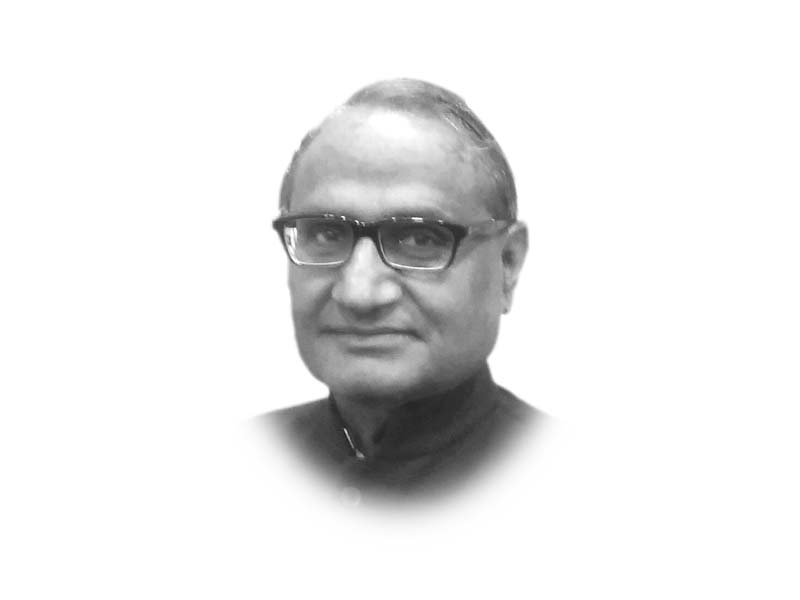
In the first year of the present decade, 2010-11, the total number of traffic accidents in Pakistan was 9,723. By the fifth year of the decade, 2014-15, the number has significantly reduced to 7,865 or by 19 per cent. If we exclude Islamabad from 2014-15, as its data is not included in 2010-11, the reduction is 21 per cent. The reduction in fatal accidents was higher at 27 per cent than the reduction in nonfatal accidents at 17 per cent. In the fatal accidents defined as those causing deaths, the number of deaths came down from 5,271 to 3,847. Accidents without any casualty but causing injuries are defined as nonfatal. The number of persons injured decreased from 11,383 9,297. In these reported accidents, the number of vehicles involved declined from 10,822 to 9,080.
Looking at the provinces, Punjab witnessed a total of 5,420 accidents in 2010-11. In 2014-15, the number of accidents came down to 3,054, or by 44 per cent. This reduction was more than twice that of national average. Fatal accidents declined from 2,591 to 1,435, i.e., 45 per cent, again more than twice the national average. Similarly, nonfatal accidents reduced from 2,829 to 1,619, or by 43 per cent. The number of persons killed came down from 3,167 to 1,750 and those injured deceased from 5,809 to 3,652. Both these numbers are less than half of the respective numbers at the national level. The number of vehicles involved declined from 5,420 to 3,054. From around half of the national number in 2010-11, it has come down to one-third.
In Khyber Pukhtunkhwa, the total number of accidents rose sharply from 2,722 to 3,399. Fatal accidents also increased from 773 to 942, with the number of persons killed rising from 986 to 1,137. Similarly, the number of nonfatal accidents increased from 1,949 to 2,457, involving injuries to 4,153 and 4,524 persons respectively. The total number of vehicles involved in the fatal as well as nonfatal accidents increased from 3,479 to 4,260. Sindh experienced a reduction of accidents from a total 1,270 in 2010-11 to 881. Fatal accidents declined from 758 to 583, involving 927 and 771 deaths respectively. Nonfatal accidents came down from 512 to 298. Those injured in these accidents were 1071 and 512. The total number of vehicles involved in both fatal and nonfatal accidents reduced from 1,541 to 1,029.
There was a nominal increase in accidents from 311 to 315 in Balochistan, but the number of fatal accidents declined from 158 to 147. Consequently, the number of deaths also came down from 191 to 178. As the number of nonfatal accidents slightly increased from 153 to 168, the number of persons injured also increased from 350 to 382. But the number of vehicles involved declined sharply from 440 to 389. Islamabad enters the data set later from 2012-13. The total number of accidents was 201 in 2012-13, increased to 256 in 2013-14 but came down to 216 in 2014-15. There were 107 fatal accidents killing 109 persons in 2012-13. In the following year, 120 fatal accidents took place, killing132 persons. Things improved in 2014-15 when the fatal accidents came down to 107 and the number of deaths reduced to 118.
The data used here relates to road accidents only. It collected from the police authorities by the Pakistan Bureau of Statistics. The analysis here shows that Khyber-Pukhtunkhwa (K-P) is the most accident-prune province. During the period of the analysis, the province experienced absolute increase in all indicators, compared to all round decline in other provinces. The rates of decline were the highest in Punjab. Police reform in K-P, it seems, is not yet reflected in performance.
Published in The Express Tribune, December 19th, 2016.
Like Opinion & Editorial on Facebook, follow @ETOpEd on Twitter to receive all updates on all our daily pieces.





























































COMMENTS (4)
Comments are moderated and generally will be posted if they are on-topic and not abusive.
For more information, please see our Comments FAQ